Lilac propagation by cuttings: technology and care after planting
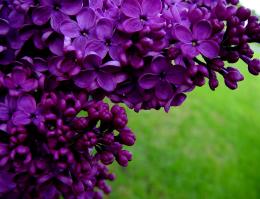
Lilacs can be propagated in various ways, but the most popular and accessible is cuttings. This method is usually propagated by experienced gardeners if they want to get a large number of young trees. At reproduction cuttings must follow some rules and recommendations.
Content:
- Preparation for reproduction
- Necessary conditions for growing lilacs
- Planting cuttings: technology
- Caring for lilacs after planting cuttings
Preparation for reproduction
Cuttings are taken from young shoots. It is important that the tree is healthy and flexible. The optimal time for cutting is spring. You can take cuttings during and after flowering. It should be cut early in the morning from the middle of the crown. It is desirable that there are 2-3 short internodes on the branch.
Cuttings taken from thick branches do not root. When cutting cuttings, you need to make sure that there are 2 buds on one cutting. The cut should be made at a distance of about 0.5 cm from the lower bud and above 1 cm from the upper bud.
The length of the cutting should be about 10-14 cm. It is important to know that you cannot cut off 70-80% of the total annual shoots. It is not recommended to cut cuttings from the same shoot. Leaves from the bottom node must be removed.
The cut must be at an oblique angle, and straight at the top. For this purpose, you should use a sharpened knife or pruning shears, this way you can injure the tissue less.Shorten the leaf blades by half. After cutting, it is recommended to place cuttings into the Epin-extra stimulator for 16-20 hours. Next, when planting, be sure to rinse the cuttings under running water.
Necessary conditions for growing lilacs
Lilac is a heat-loving plant that grows well in areas with sufficient lighting. The shrub grows, so it needs to be planted in a free area. If you plant it in the shade, you won’t have to expect lush flowers. In such a place, the lilac will stretch upward and bloom weakly.
If the area is swampy or periodically low-lying areas are flooded, then this is not a suitable place for planting shrubs. The plant will not grow. Lilacs do not like drafts and stagnant moisture; this must be taken into account when growing. The site must be protected from cold winds.
For normal growth and development of the shrub, the soil must be fertile and moderately moist, as well as acidity close to neutral. Avoid planting lilacs on heavy and acidic soils. If the soil is acidic, it can be neutralized using dolomite flour or ash. In this case, you will need to constantly check the reaction soil.
In addition, it is important to take into account the groundwater level - no closer than 1.5 m from the surface. Lilacs need good drainage. If you create the necessary conditions for lilac, it will develop well, bloom every year and not require special care.
Planting cuttings: technology

For good rooting, it is better to plant cuttings in a greenhouse. If there is no greenhouse, then you can get by with 5-liter plastic bottles. It is important to prepare the soil for planting: peat is mixed with sand in a 1:1 ratio.If you replace the sand with perlite, the soil will retain moisture better and “breathe.”
The prepared area for planting the cuttings should be thoroughly soaked with a fungicide solution. As a result, it is possible to avoid damage to cuttings by fungal diseases. The use of stimulants is recommended, since cuttings do not take root well.
The procedure for planting a lilac cutting is to make a hole in the soil, place the cutting and bury the bottom node. The distance between each cuttings should be about 5 cm. First, lay a drainage layer of crushed stone or expanded clay on the bottom, then rotted manure and a soil mixture on top.
Next cover cuttings polyethylene or plastic bottles. Between two layers of film, the cuttings are covered with a translucent cloth. This is necessary for shading the cuttings. If planted correctly, they will sprout only after 40-60 days.
Caring for lilacs after planting cuttings
After planting, spray the cuttings with a spray bottle. It is important to ensure that the cuttings do not dry out, so you should spray them 2-3 times a day. It is also necessary to ensure appropriate humidity - 100%. The optimal temperature for rooting cuttings is 23-26 degrees. It is important not to forget to ventilate the cuttings.
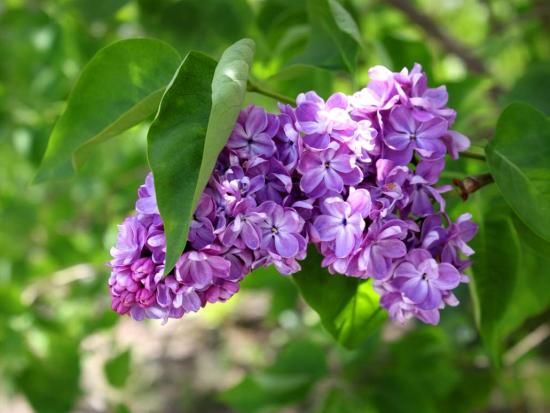
In order to prevent the formation of mold on the leaves, it is recommended to spray them with a solution of potassium permanganate once a week. If the cuttings have taken root, then they can be planted in a schoolhouse. If rooting is late, it is better to leave the cuttings in the cutting container. A separate bed should be located in a lighted and quiet area of the garden with fertile soil. Rooted cuttings should be planted at a distance of 25-35 cm.
To grow young seedlings, you should choose a warm place.After rooting, ventilation is carried out for several hours in the evening. After a month, ventilation is increased and the shelter is gradually removed completely. For the winter, young plants must be covered with a layer of dry leaves or peat.
In autumn you may notice darkening of the leaves, but this is not something to be afraid of. The main thing is that the kidneys are alive. Lilac blossoms can be expected in 4-5 years. You should regularly water, feed and loosen the soil seedlings. Sanitary pruning should be done every spring. This is a mandatory procedure, otherwise the shoots will weaken. After flowering, pruning should also be done.
Remove inflorescences, small and thin shoots. You should not break off the bush, as this can damage the buds, which will not bloom next year. Every year with the onset of spring, it is recommended to feed lilacs with nitrogen fertilizers. You can also use ash and organic fertilizers and apply them during the budding period. Phosphorus-potassium fertilizers should be applied in the fall every 2-3 years. These are the most necessary requirements for caring for lilacs.
Video about propagating lilacs by cuttings:

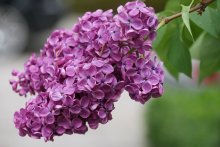

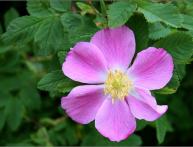

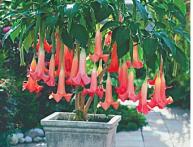
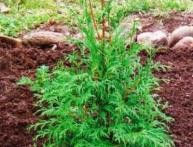

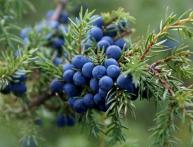
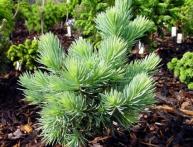

Comments
I had no idea that lilacs could be propagated in such a simple way. Therefore, it is not surprising that this beautifully flowering shrub grows everywhere in our city.
Lilac is one of my favorite flowers. There are two bushes growing at the dacha, very beautiful, people often ask for them, but we don’t know how to plant them. I'll definitely use the advice. Thank you!